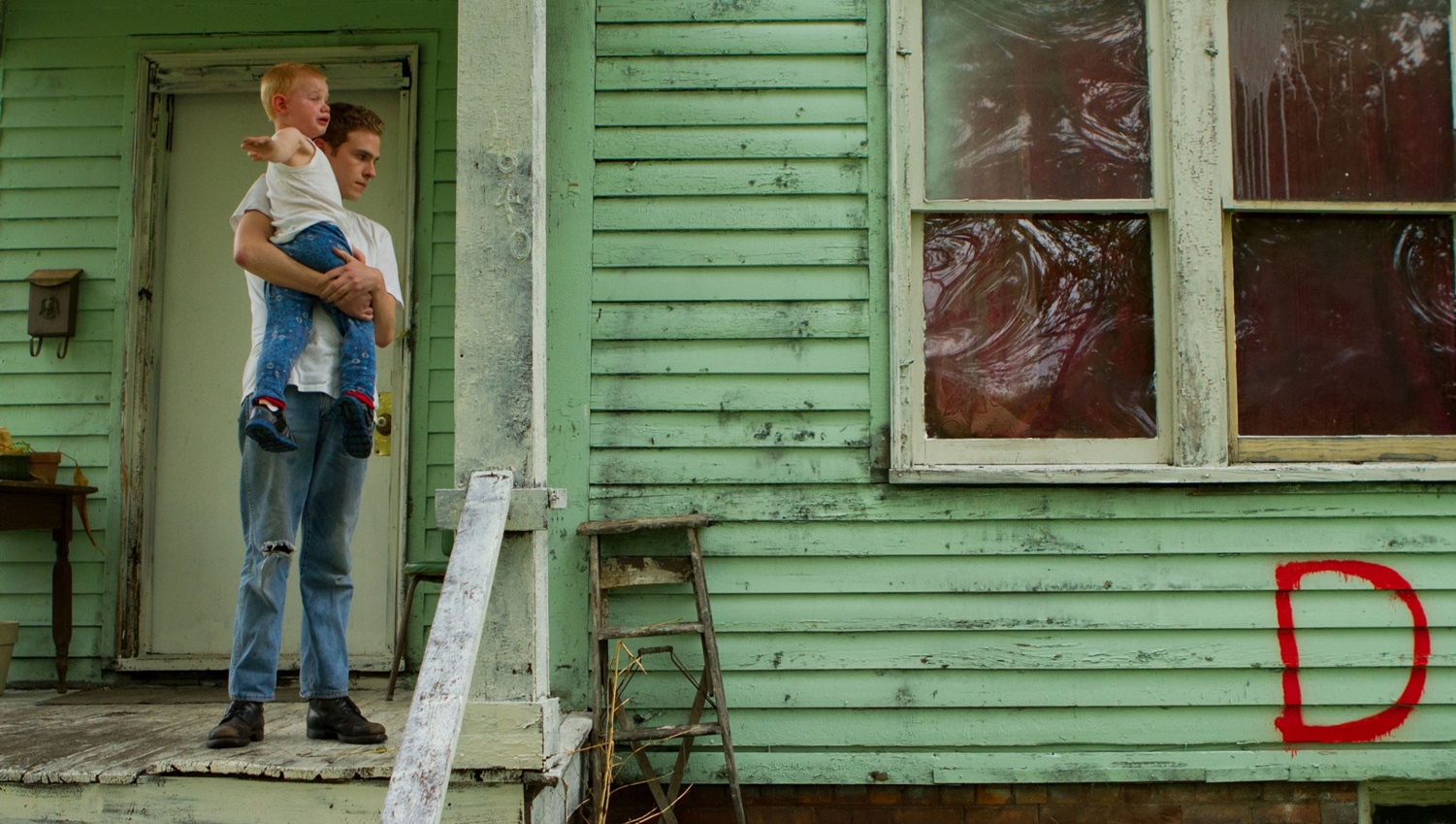
Lost River
Dustin Chase
The American public is always interested when an actor turns into a director. That is the biggest reason not only for the existence of Lost River, but the purpose for its endurance (and distribution from Warner Bros despite being panned at Cannes). “I wanted to work with people I love”, Gosling said to a full house for the American premiere of his directorial debut. Explaining the reasons for selecting the cast and certain crew, including the cinematographer Benoît Debie (Spring Breakers). Guillermo del Toro did a live conversation with Gosling to explore the creation of the film. The Pans Labyrinth director told the audience that the finished product looked exactly like the first pitch he heard three years ago. Gosling’s work with Nicolas Winding Refn (Drive, Only God Forgives) and upcoming release by Terrence Malick has clearly influenced the style of direction he took.
“I don’t want to leave, but I want to live,” a departing neighbor says to Bones (Caestercker) as he loads his truck to leave Lost River. Residents are evacuating, burning down their own houses for insurance money and heading south from the dying Detroit suburb that offers no future for the inhabitants. Instead of going to school or doing things young men his age are interested in, Bones travels into the forgotten industry mills to retrieve copper pipes to help his mother Billy (Hendricks) pay their bills. Fearing for their well being, Billy takes a job in a nightclub where imitation blood splattering and degradation come with a decent pay check. The family will do seemingly anything to ensure their house doesn’t become just another underwater relic.
Gosling's vision for Lost River is the biggest accomplishment.
While Gosling described his Lost River script as a fairy tale I felt rather disenchanted by the characters and events. Even the underwater exploration of the lost town underneath was a disappointment. He also adequately explained how he wanted to push the realm of fantasy right to the edge before actually stepping into a different genre. Gosling looked to his own past to find creative projections for the characters. It’s personal and it always feels that way, almost as if Gosling was given a budget to make a film for his own entertainment (i.e. Sofia Coppola). His vision for Lost River is the biggest accomplishment, it’s a fairly simple narrative which is complicated by mythology in the story telling and highly contrasted visuals.
Using mostly natural light certainly gives the film an unsettling tone throughout. Run down Detroit location scouting proved to be one of the films biggest payoffs. Gosling and crew have literally taken a neighborhood on the brink of collapse and built a Tim Burton like story around it’s ruins. Underwater cities, graffiti tunnels, and neon lamps create the illusion to Gosling’s fairytale. However with all that passion towards the project Lost River isn’t as compelling as it should be, the characters are never fully realized and the performances feel more like fragments of people Gosling was unable to bring to life. It’s a creative first effort but just barely held my attention long enough to finish.
Final Thought
The vivid imagery is more compelling than the story itself.
